|
To be completely honest, which by now you may have deduced is my style with an undercurrent of sarcasm, this recipe is entirely based on a craving I had for several weeks in July. It being mid-summer, I was desperate for something light that still delivered the rich flavors and comfort of eggplant parmesan. I disregarded the tenants of strict seasonality and procured myself some sad grocery store eggplants to fill the void in my stomach that was shouting for creamy eggplant. Lucky for you, I’m a procrastinator when it comes to posting on my blog in a timely fashion. Now, we’re now knee deep in late summer/early fall vegetables and you can swipe up eggplants of all sizes and colors for this recipe. Three things will get this recipe where your heart wants it to be. First, is basting the eggplant in balsamic vinegar that wouldn’t offend your nose if you tasted it on its own. Second, is getting a deep toast on the couscous to get the necessary texture and flavor. And, lastly, don’t skimp on the parmesan. With a fairly simple ingredient list, every component on its own should bring something worth tasting to the table. The baking method for the eggplant may seem a little convoluted at first, but it will get you a supple, silky, and caramelized flavor, and that requires a little extra baking time. Everything else you need comes together easily while the eggplant bakes, and quickly tosses together in one bowl to serve. Eggplant Parmesan CouscousTotal time: 1 hour
Serves: 4 people 2 mid-sized eggplants, sliced ¼ inch thick Preheat the oven to 375°F. Sprinkle the eggplant slices with sea salt and set aside for 10-15 minutes to let the moisture draw out.
Line a baking sheet with parchment paper. Once you start to see droplets collecting on the eggplant, wipe the slices down with a paper towel and lay them out on the baking sheet. Drizzle the slices with 3 tbsp. of olive oil, ground black pepper, and red pepper flakes on both sides. Pop the baking sheet in the preheated oven and cook for 25 minutes, flipping the eggplant halfway through. After 25 minutes, remove the eggplant from the oven and brush both sides of the eggplant slices with balsamic vinegar using a pastry brush. Pop the eggplant back in the oven for 10 more minutes, flipping the eggplant halfway through. While the eggplant is roasting, heat 2 tbsp. of olive oil in a saucepan over medium heat. Pour in the couscous, along with the salt, cumin, and paprika. Toast the couscous until golden brown, stirring frequently to prevent anything from burning or sticking (usually takes about 5 minutes). Once the couscous is nice and toasty, add the water and turn down the heat to medium-low. Simmer for about 10 minutes, until all the water has been absorbed and the couscous is tender. If the couscous is still crunchy, add a little more water and cook longer. When the couscous is cooked through, remove from the heat and cover to keep warm while prepping the other ingredients. When the eggplant is done, let it cool just enough to make it easy to handle. Chop the slices into ½ inch squares. Combine the couscous, eggplant, tomatoes, basil, lemon zest, parmesan, and 1 tbsp. of olive oil in a large serving bowl. Have a taste and add more salt, fresh ground pepper, or parmesan as needed.
1 Comment
This recipe is a bit of a late spring, early summer, love story. It’s the time of year when you get to fall in love with your ingredients again, and find new ways to make them shine. This year, I became acutely aware of the spring fling many foodies, farmers, and chefs have when asparagus is at its peak. Their shared obsession with the fleshy and flavorful spears is a borderline infatuation – with nearly every recipe or menu boasting a new method for preparing this springtime fantasy. As soon as Deb’s recipe for pasta salad with roasted carrots and sunflower seed dressing popped up on my Instagram feed, my heart fluttered and I knew I had to court it in my kitchen immediately. I could already taste the sweetness of the oven-roasted carrots melting in my mouth against the slight crunch of the sunflower seed dressing, effectively masquerading pasta as a healthy lunch. I fell in love with this recipe even more in practice because it tricks you into thinking it’s going to be labor intensive with the roasting, boiling, blending, and saucing involved. But each piece comes together smoothly while the other piece is cooking along, making it a well-orchestrated dish for an early summer weeknight meal. While the foundation of the recipe below sticks closely to Deb’s recipe genius, I opted to add some vegetable diversity and pay homage to our springtime debutante, asparagus. I swapped the carrot tops out for parsley for a brighter and less bitter taste. Spring Vegetable & Sunflower Pesto PastaTotal time: 45 minutes
Serves: 4-5 people Source: Barely adapted from Smitten Kitchen’s Pasta Salad with Roasted Carrots and Sunflower Seed Dressing One bunch asparagus (thick stalks work well here) Preheat the oven to 500° F and fill a large pasta pot with water, salted and put over high heat to come to boil. Line a large baking sheet with parchment paper.
While the oven is preheating, peel the carrots and the bottom half of the asparagus stems, snapping the stems where they are naturally pliable. Lay the carrots and asparagus out on the baking sheet with room to wiggle. Douse the vegetables with olive oil and sprinkle with a generous amount of salt and pepper. Pop the baking sheet into the preheated oven and set a timer for 15 minutes, tossing the vegetables halfway through. After 15 minutes, remove the asparagus from the baking sheet and place on a cutting board. Pop the carrots back in for another 5 to 7 minute depending on their girth. Alternatively, you can leave the asparagus in the full time if you like them rich and melt-in-your-mouth like I do. Once the water in the pot comes to a boil, add the pasta and cook until al dente. Drain the pasta and set aside. You can let the pasta cool completely as Deb suggests, but I found I prefer this pasta salad slightly warmed by the residual heat of the pasta and vegetables. Blitz together in a food processor the sunflower seeds, parsley, Parmesan, lemon zest, salt, garlic powder, red pepper and ground black pepper. The consistency should be finely crumbled, but not so far that it turns into a paste. Add the crumbles to a large mixing bowl and stir in the olive oil and lemon juice. Now you are ready to put it all together. Slice the asparagus and carrots into 1.5” pieces, cutting any thick segment in half or in quarters. Toss the pasta and sliced vegetables in the large mixing boil with the sunflower pesto. Serve with a sprinkling of Parmesan cheese. Granola is one of those staples that either fails to rise to the task of morning nourishment, on par with a sad bowl of cold cereal, or comes in with flying colors. Growing up, my mom’s mystical granola was up there in the same league as blueberry pancakes or a well-executed breakfast sandwich. In college, I’d fend off hungry roommates from my coveted yogurt container filled to the brim with the crispy oats, pecans, and cranberries. This was the granola I knew best, and damn, was it good. However, there came a point when I realized I couldn’t drive to New Hampshire every time I needed a granola fix and my wallet couldn’t subsidize $8 sacks of granola with barely enough contents for a week of breakfasts. Cue the Internet, and Cookie + Kate’s supremely simple and satisfying granola. It would be exaggeration to call this recipe life changing, but I will admit to it being mind altering. With this recipe in hand you can make yourself a two week supply of granola with all your favorite fixings in the perfect ratio (for me, that means heavy on the oats and dried fruit, light on the nuts and seeds) in under 35 minutes. While my go-to combination is still pecans, dried cranberries, and a hint of cinnamon, I wanted to give you a variation more suited to the summer months. The turmeric and ginger give the granola a pop of color and an unexpected, but welcome, warmth beneath a blanket of tangy yogurt. The dried papaya and apricots could easily be swapped for your favorite fruits, but I enjoy the textural diversity of the chewy papaya and soft apricots against the crunch of the oat clusters and rich macadamia nuts. coconut macadamia granolaTotal time: 35 minutes (plus cooling for a few hours or overnight)
Serves: 15-20 portions Source: Adapted from Cookie + Kate, “The Very Best Granola Recipe." 4 cups thick rolled oats * ½ cup of honey gets you more crunch and glaze, but not in an overly sweet way. If you do want to cut back the AM sugar rush – this works just fine with 1/3 cup, but I wouldn’t use any less than that. Preheat the oven to 350°F and line a large baking sheet with parchment paper.
Pour the oats, coconut flakes, chopped macadamia nuts, turmeric, ginger, and salt into a large bowl. If your coconut flakes are oversized, break them into more manageable-sized flakes with your fingers. Toss the dry ingredients together with a spoon (or your hands). In a small bowl, melt the coconut oil in the microwave to bring it to a liquid state (15 to 20 seconds will do the trick). Add the honey and vanilla extract, and whisk gently to incorporate with the oil. Pour the wet ingredients over the dry ingredients in the large mixing bowl. Stir until everything is well coated. The granola will be a delightful yellow hue from the turmeric. Spread the granola out in an even layer on the lined baking sheet. Pop the baking sheet in the oven and cook for 26 minutes, stirring halfway through. In the meantime, chop up the papaya and apricots into bite-sized morsels. Once lightly golden, take the granola out of the oven and let it cool completely on the baking sheet without touching it (important step to achieve your desired granola chunk-age). After the granola has cooled completely, sprinkle the papaya and apricots over the top and break up the sheet of granola into chunks to combine with the fruit. Store in an airtight container and revel in your newfound freedom from store-bought granola. Enjoy with yogurt, fresh fruit, and a drizzle of honey. This is going to make me sound like a terrible person, but maybe that will make me seem relatable. There is nothing worse (yes, I’m being hyperbolic) than unwelcome banana bread. You know, that slice of bread you feel socially compelled to eat and smile through each bite of the dry, walnut heavy, chocolate-less-ness – all while under the earnest stare of a co-worker or friend-of-a-friend? It’s not their fault! If you’ve ever been exposed to banana bread in its full glory, there’s no turning back. For me, this banana bread elitism was a side effect of by raised by the goddess of baked goods. My mom turns even the most humble banana bread into a dessert you might crave enough to intentionally let those bananas go past the point of human consumption, just to have an excuse to make it. This is my take on her recipe – still managing to be moist and desirable with coconut oil in place of the generous amounts of butter and the sugar reduced slightly to offset the sweetness of overripe bananas. Finely chopped pecans give it a subtle crunch and a healthy dose of chocolate chips make it ooze wonderfully when you take a slice. Un-Snub-Able Banana BreadTotal time: 1 hour and 30 minutes
Yield: 1 loaf 3-4 overripe bananas* * Disclaimer: the bananas pictured above are too yellow to yield a perfectly sweet loaf. I recommend using bananas that are nearly brown all over, but not quite to the point where they seem to be fermenting. If you for some reason need banana bread right now, and your bananas are still more on the yellow side, compensate by adding an additional ¼ cup of sugar. Preheat the oven to 350° F. Grease a 9”x5” loaf pan with butter or coconut oil.
Mash up the bananas with a fork in a large mixing bowl. Once the bananas are the consistency of applesauce (i.e. few-no banana chunks), whisk in the melted coconut oil and sugar. Beat the eggs in a small bowl. Whisk the eggs and vanilla into the banana mixture. Sprinkle the baking powder and salt evenly over the top of the mixture and fold in using a spatula (this is important to make sure the loaf rises evenly). Now, gently fold in the flour, and then the chocolate chips and chopped pecans. Try not to over-mix here to keep the bread nice and light. Pour the mixture into the greased loaf pan and pop into the oven for 1 hour. Check the loaf with a toothpick – it will come out clean if the loaf is done. I find my loaves usually need another 10-15 minutes, but recommend checking after an hour to avoid accidentally burning/over-baking. Once baked, remove from the oven and cool in the pan for 15-20 minutes. Tip the loaf out and finish cooling on a wire rack – or slice right away and enjoy the hot bread and gooey chocolate chips with a hunk of butter melted on top, I’m not going to judge. It seems almost like a requirement for every food blog to have some variation of lentil soup presented to the Internet. Some are curried, some are meaty, and some are a little bit detox-y. But in my experience, nothing stands up to this simple, but flavorful, veggie-heavy, and stew-like version. The recipe came to life during a particularly brutal New England winter, in a drafty apartment in Jamaica Plain I was sharing with my sister. This lentil soup is particularly good at satisfying you the same way a pile of pasta does – while making you feel less guilty about prior gastronomic indiscretions. I’ve borrowed my sister’s method of frying up the tomato paste with aromatic onions and garlic and included some tweaks to bump up the flavors. Two Sisters Lentil SOupTotal time: 1 hour
Serves: 8 hungry souls or 2 with leftovers for several days 2-3 tbsp. olive oil * Any other dry cooking wine you have hanging around in the back of your fridge will work. You can also cut this and have a totally delicious soup. * I prefer half red lentils and half green lentils for variety in texture. * I used 2 tsp. chicken bouillon and 6 cups of water, but you can also do this recipe with water only and compensate with extra spices and a squeeze of lemon juice. Mince garlic and dice onion. Measure out all spices into a small bowl. Rinse lentils in a mesh strainer thoroughly and check over for any little rocks.
Warm olive oil in a Dutch oven or large heavy bottomed pot over medium heat. Add onion and sauté until golden and translucent, about 5-7 minutes. Add garlic and sauté garlic until fragrant, about 30 seconds. Add all the spices and stir to combine with the onions and garlic. Toss in the tomato paste and fry for 1-2 minutes (add more oil as needed). Right when everything is starting to brown and seems like it's seconds from disaster, pour in the Marsala wine to deglaze the pan. Now, add the lentils, broth, and bay leaves. Bring to a simmer over medium heat and then reduce to low. While the broth is coming to a simmer, chop the carrots and potatoes. Once the broth is simmering, add in the carrots, potatoes, and canned diced tomatoes. Cook until vegetables and lentils are tender, about 25-30 minutes. Meanwhile, prep the chard by chopping off the grungy ends, cutting the leaves in half along the stem, and slicing thinly into ribbons. When the veggies are cooked through, toss in the chard and cook until wilted, about 5-7 minutes. Season with salt and pepper to taste. Serve in a cozy bowl with ample Parmesan and bread for dipping. |

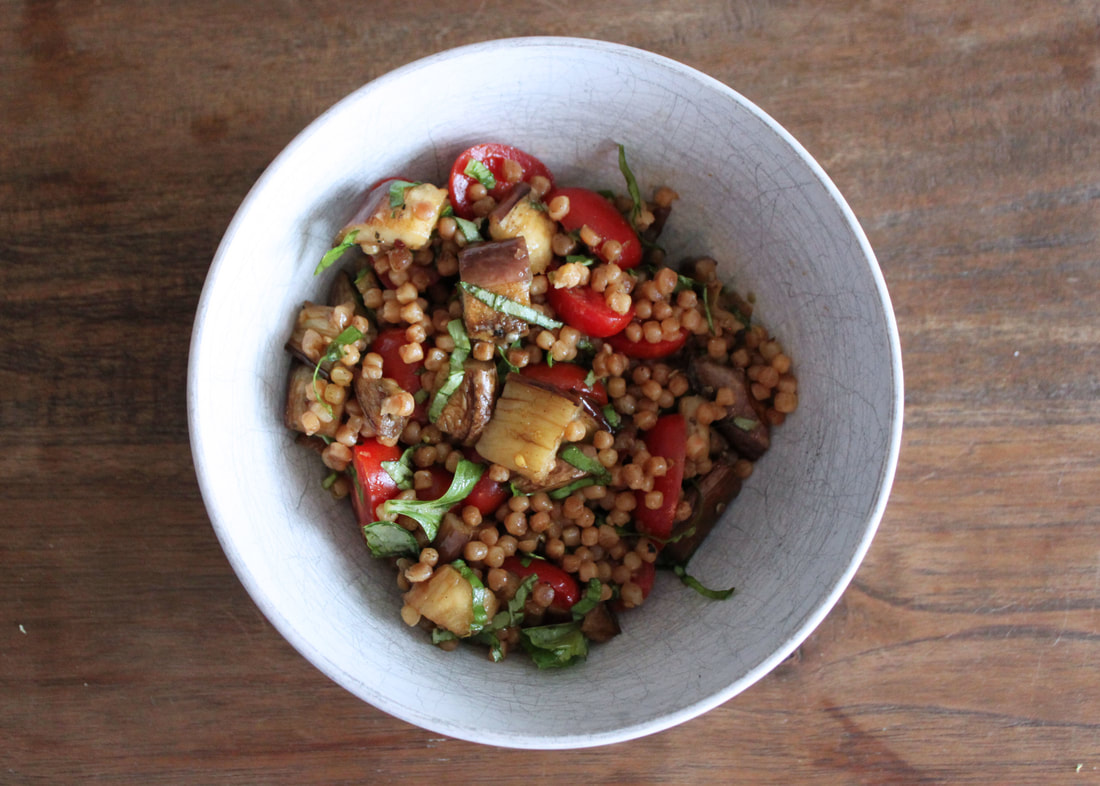
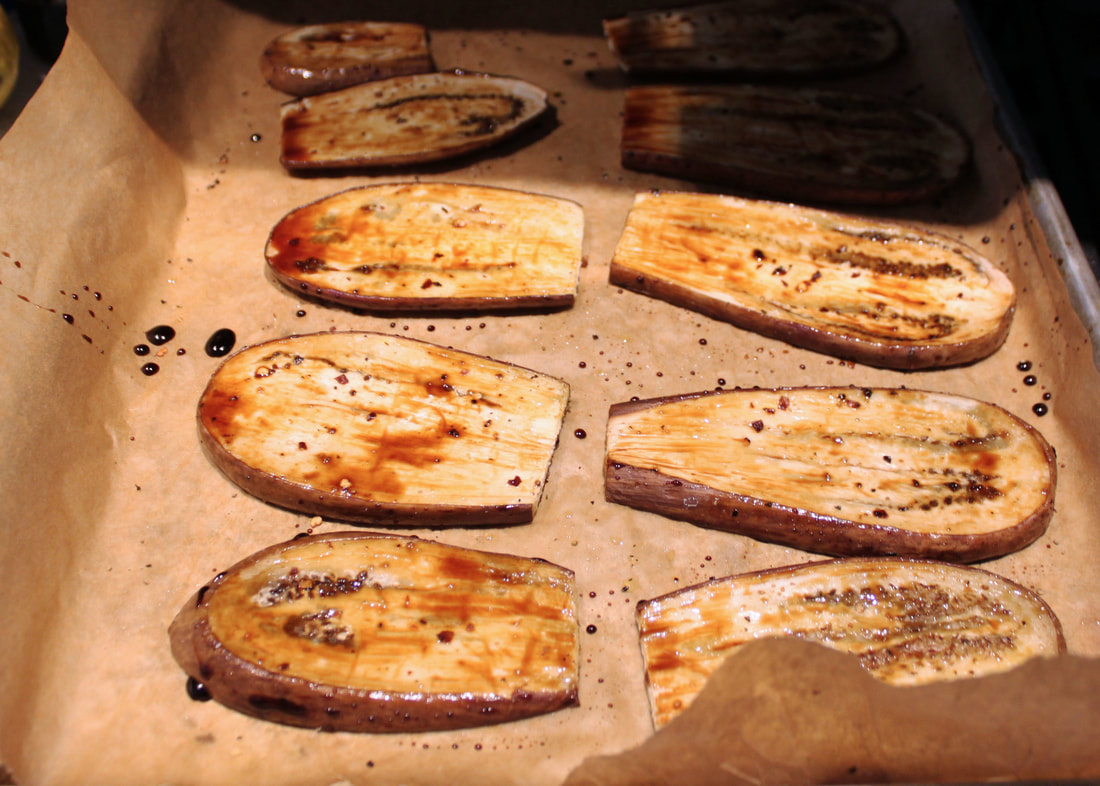
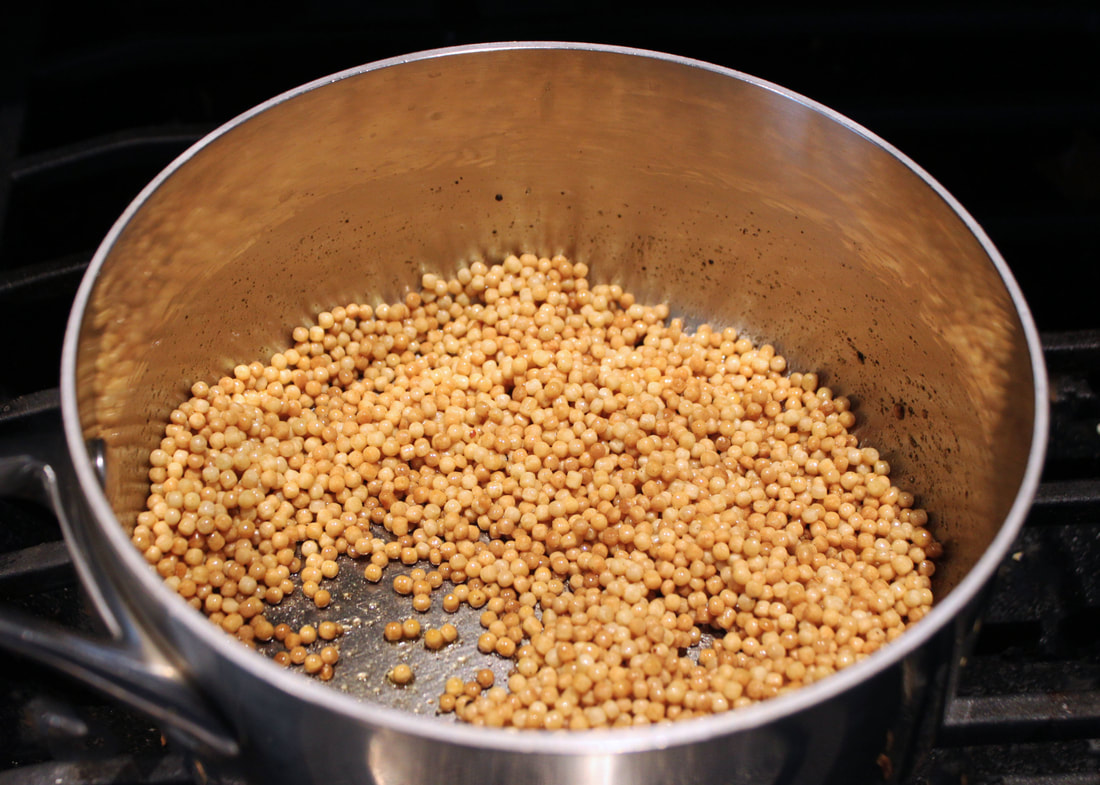
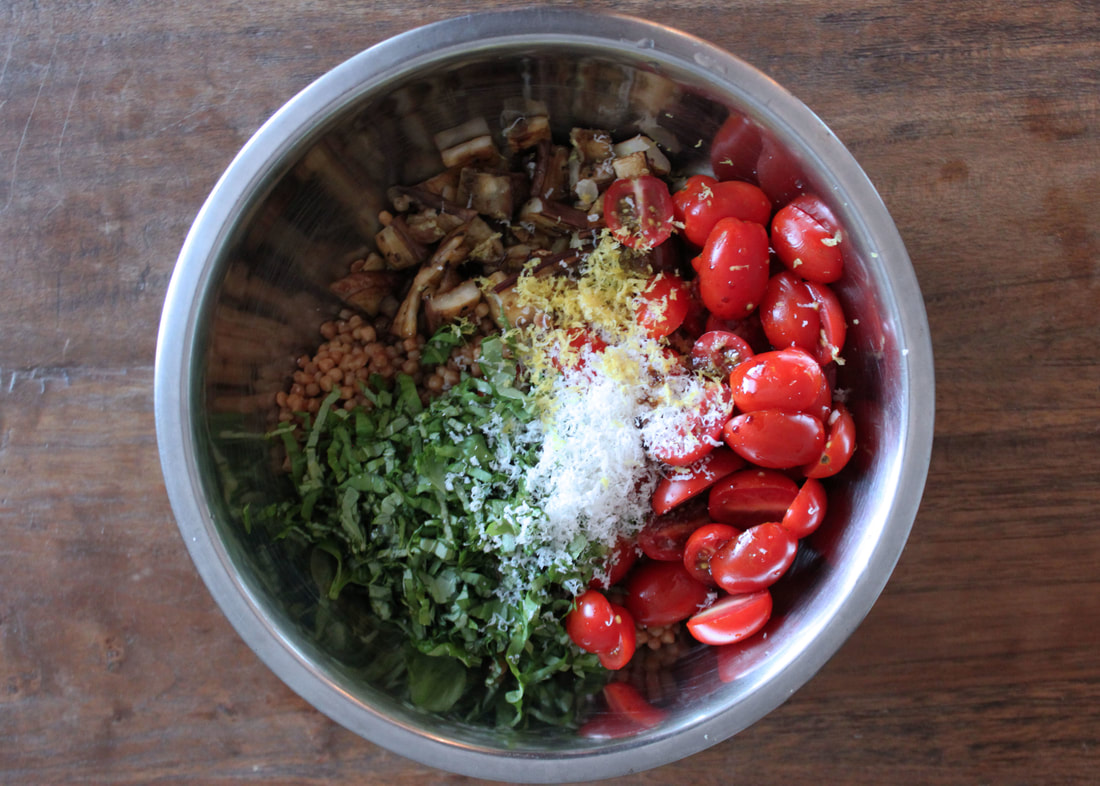
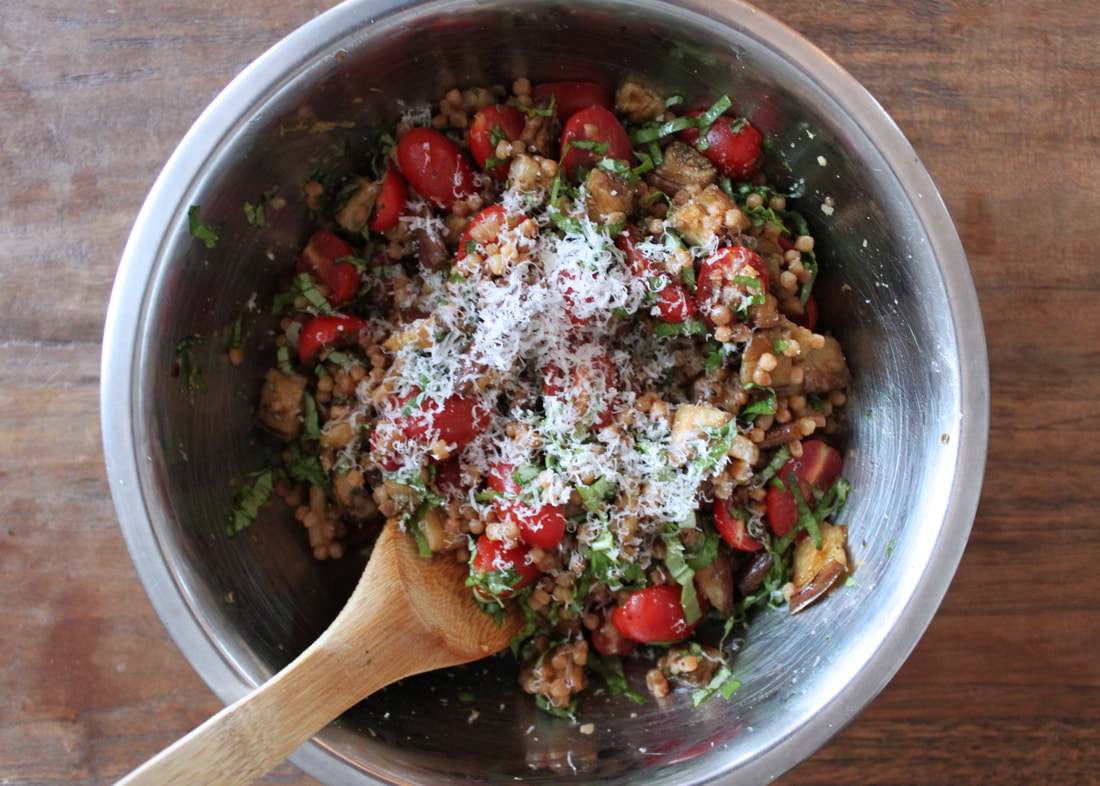
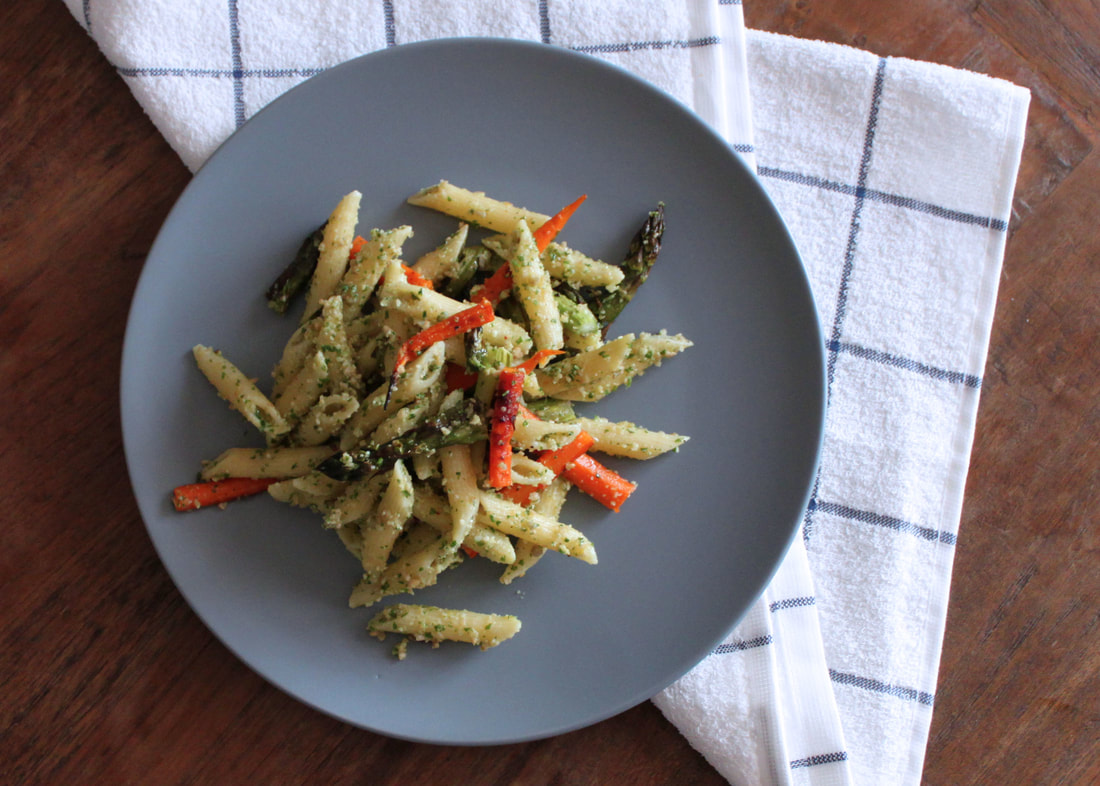
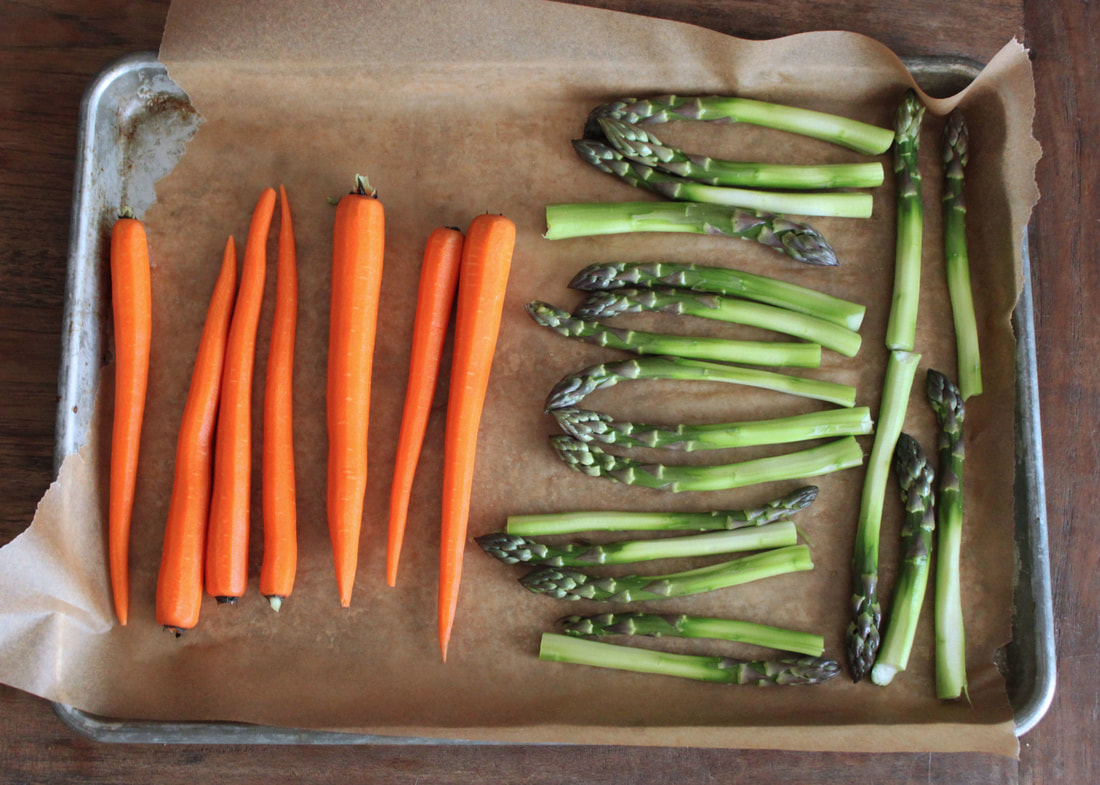
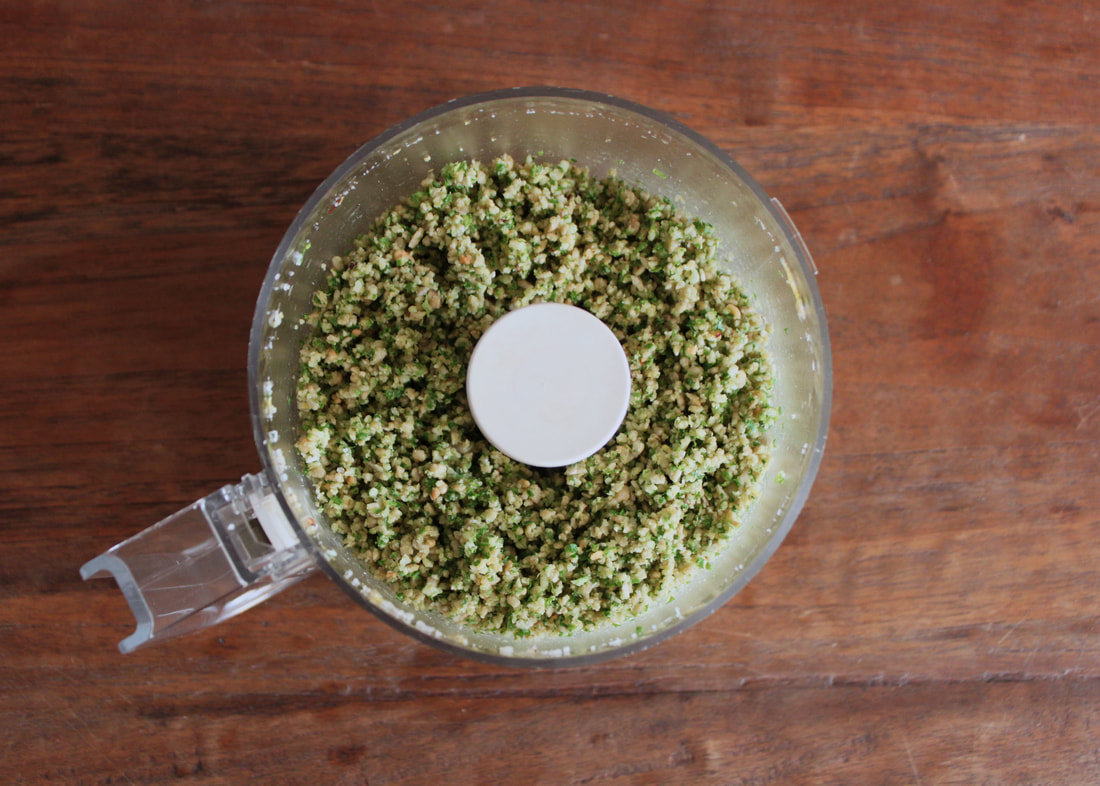
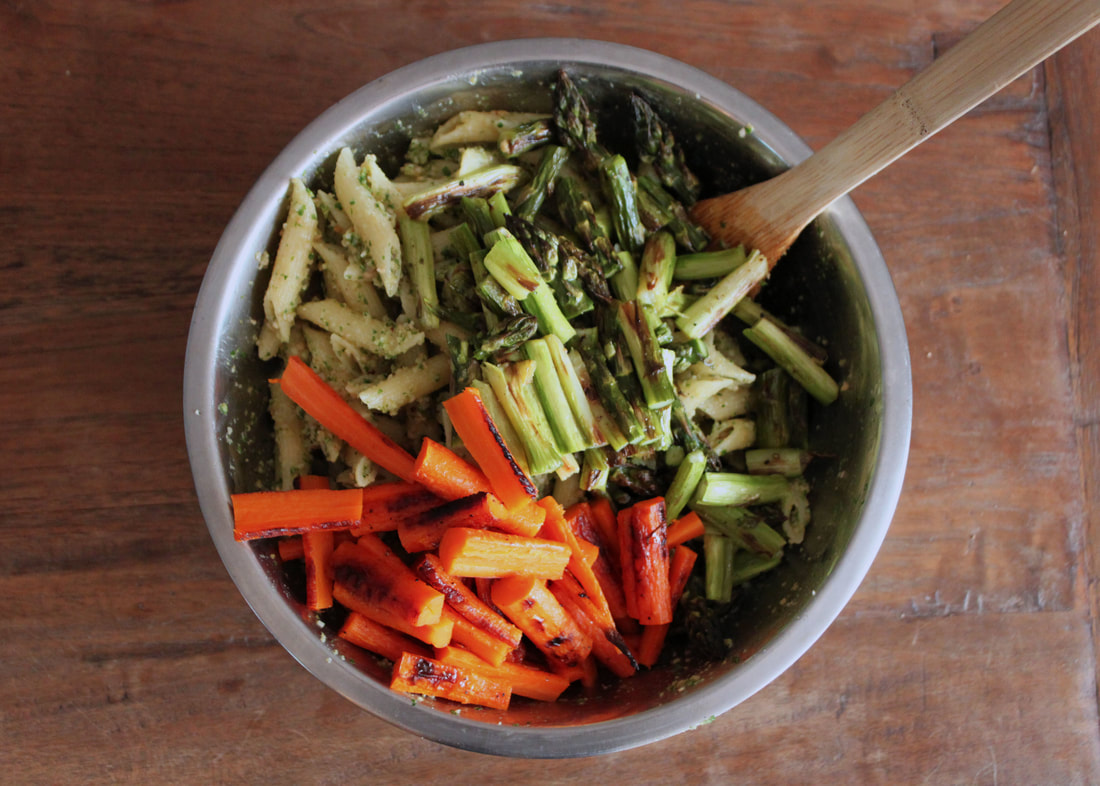
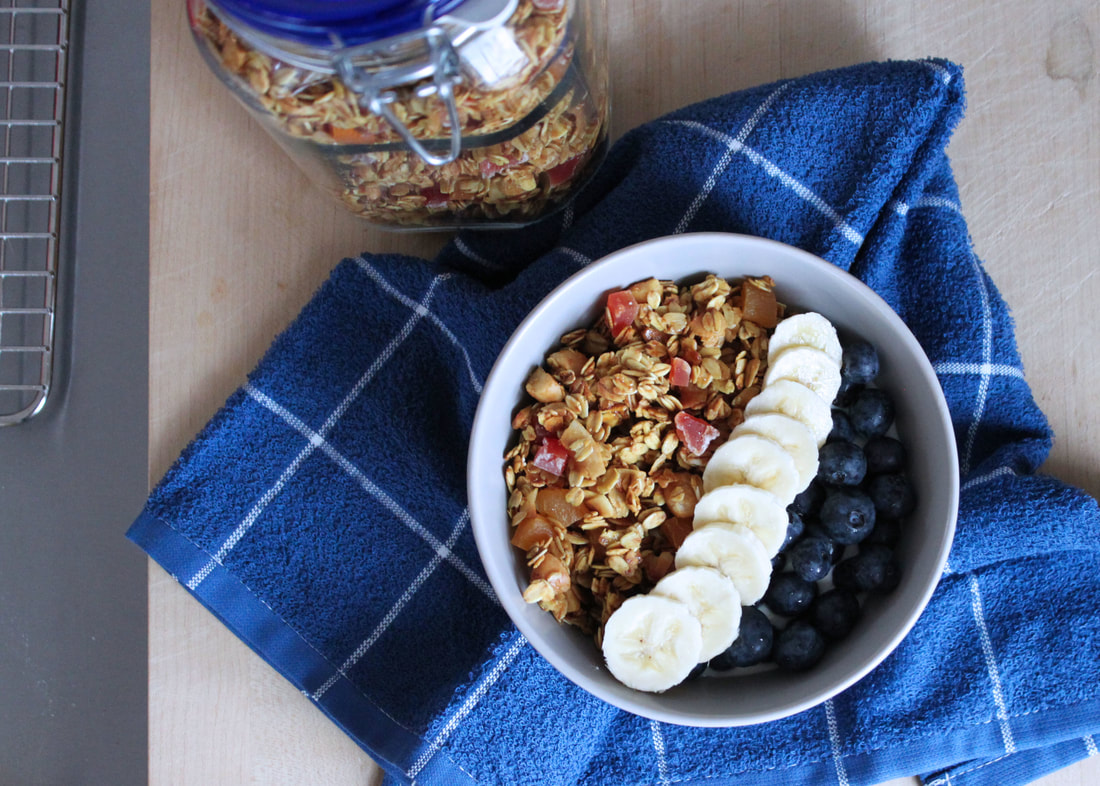
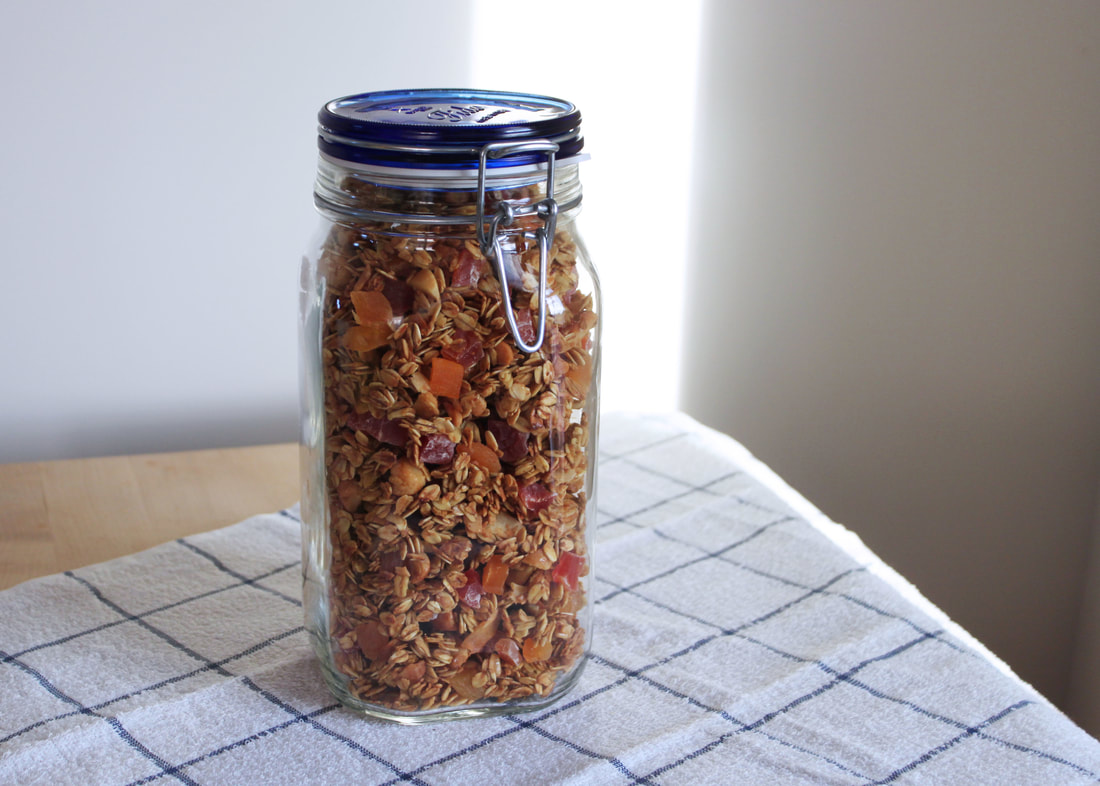
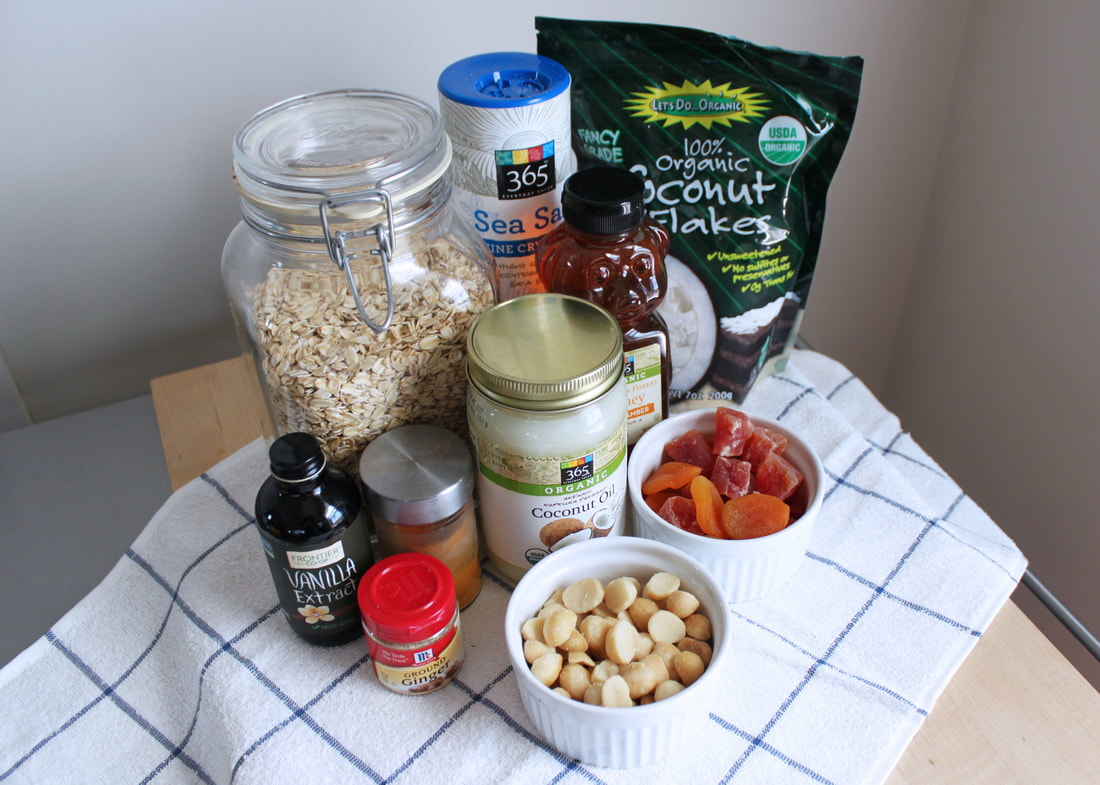
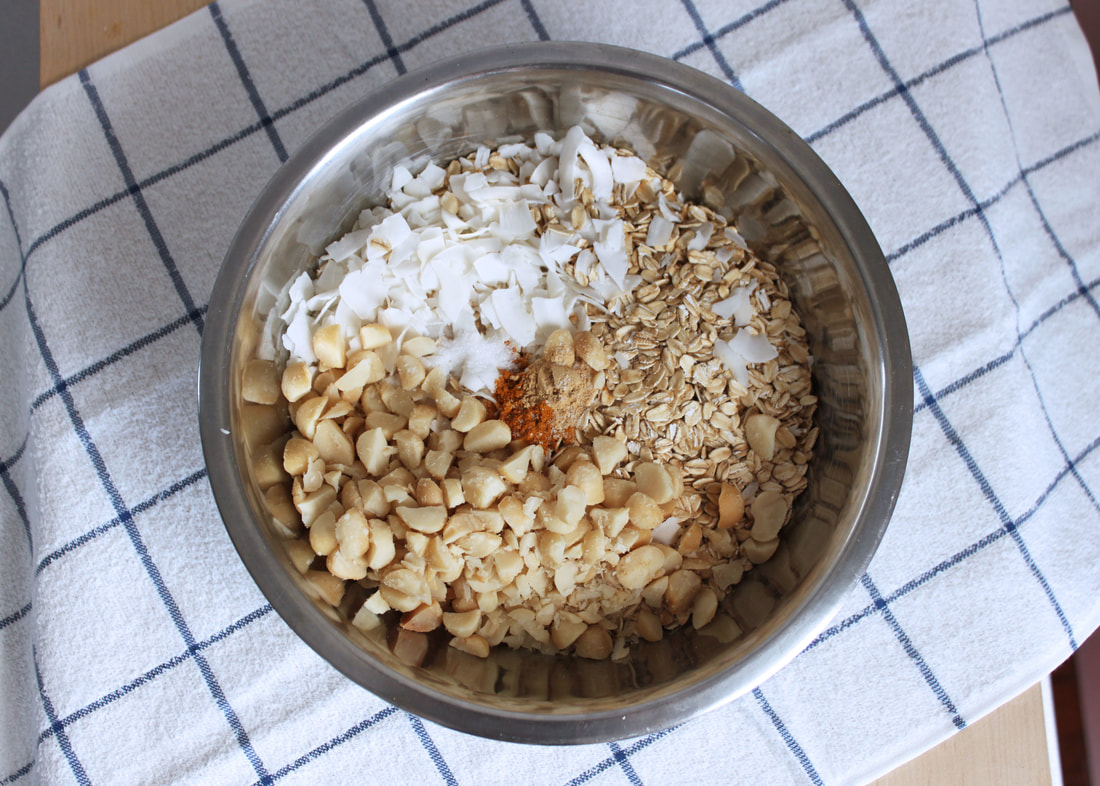
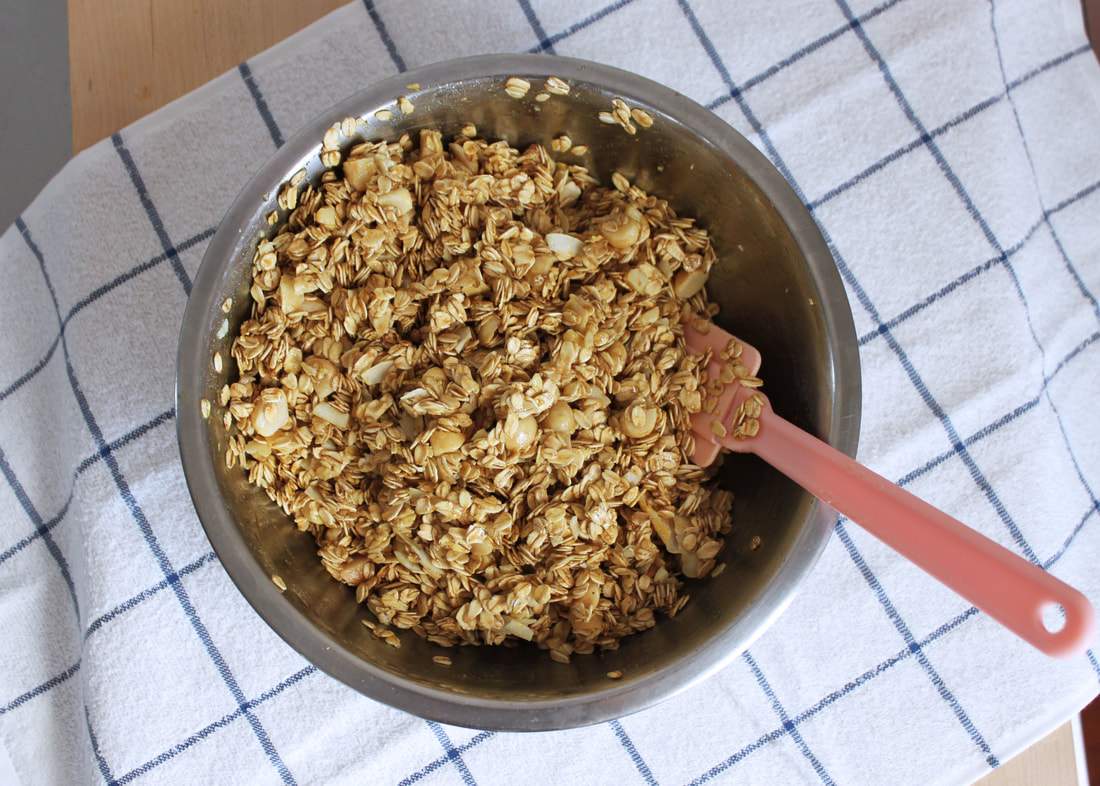
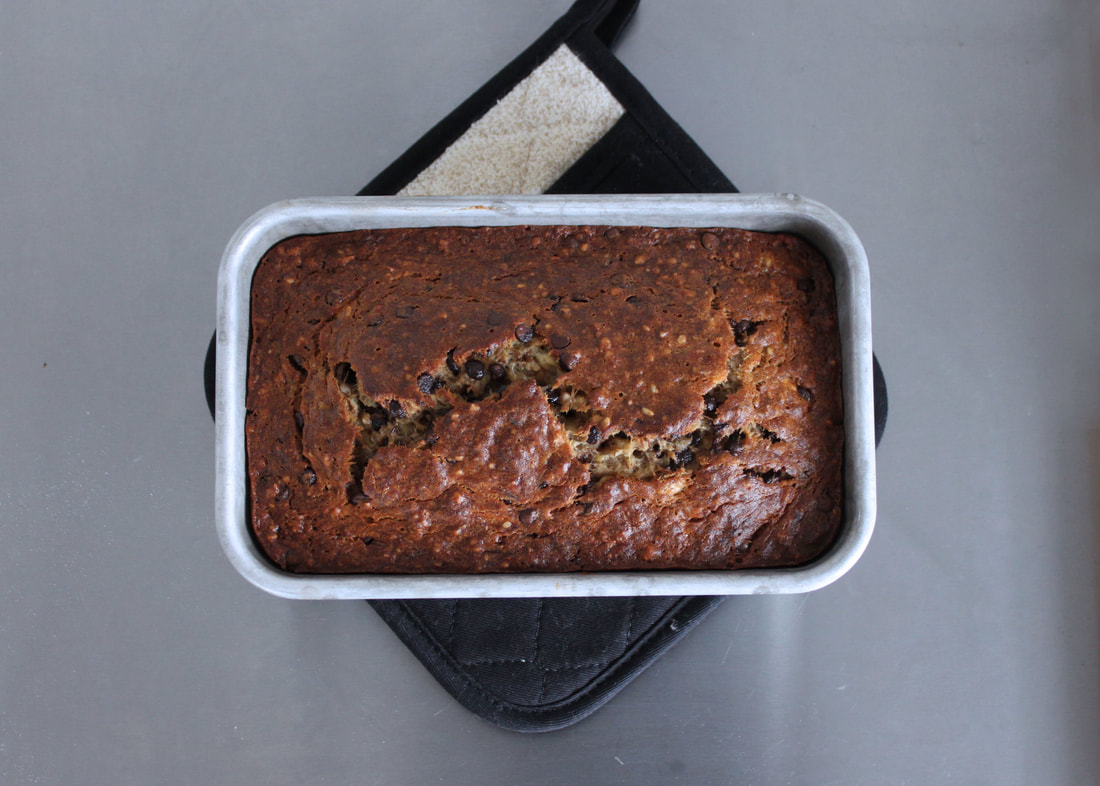
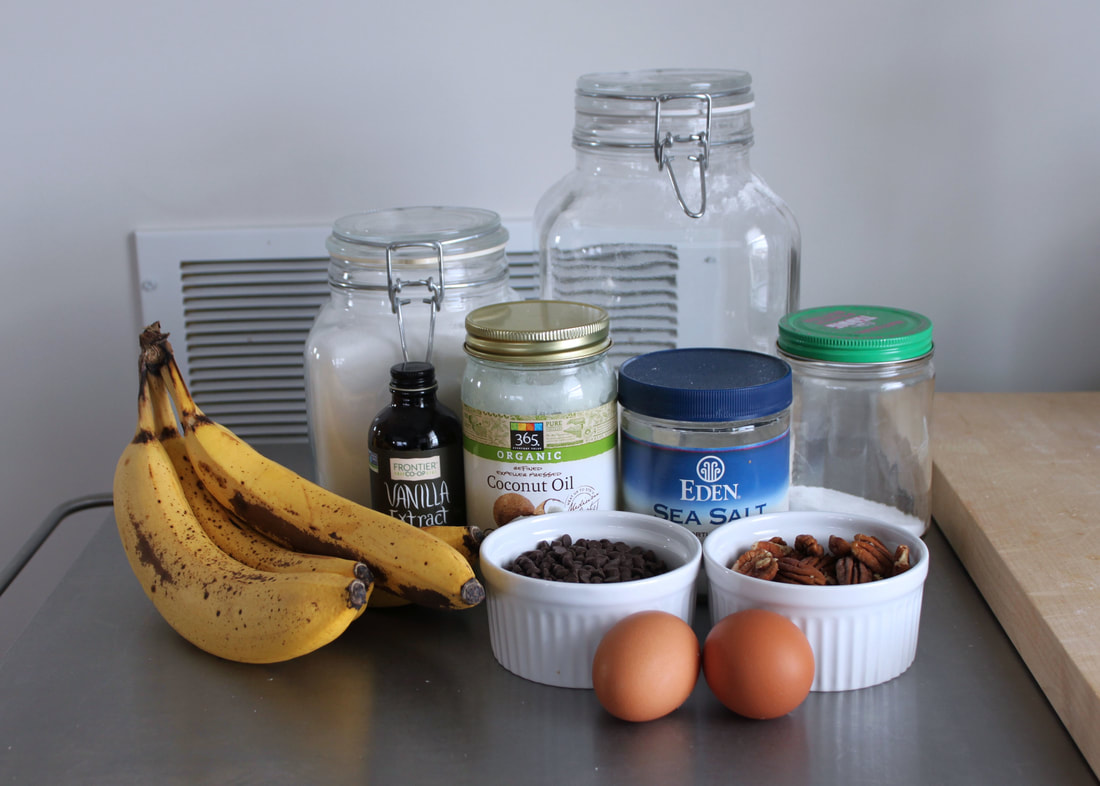
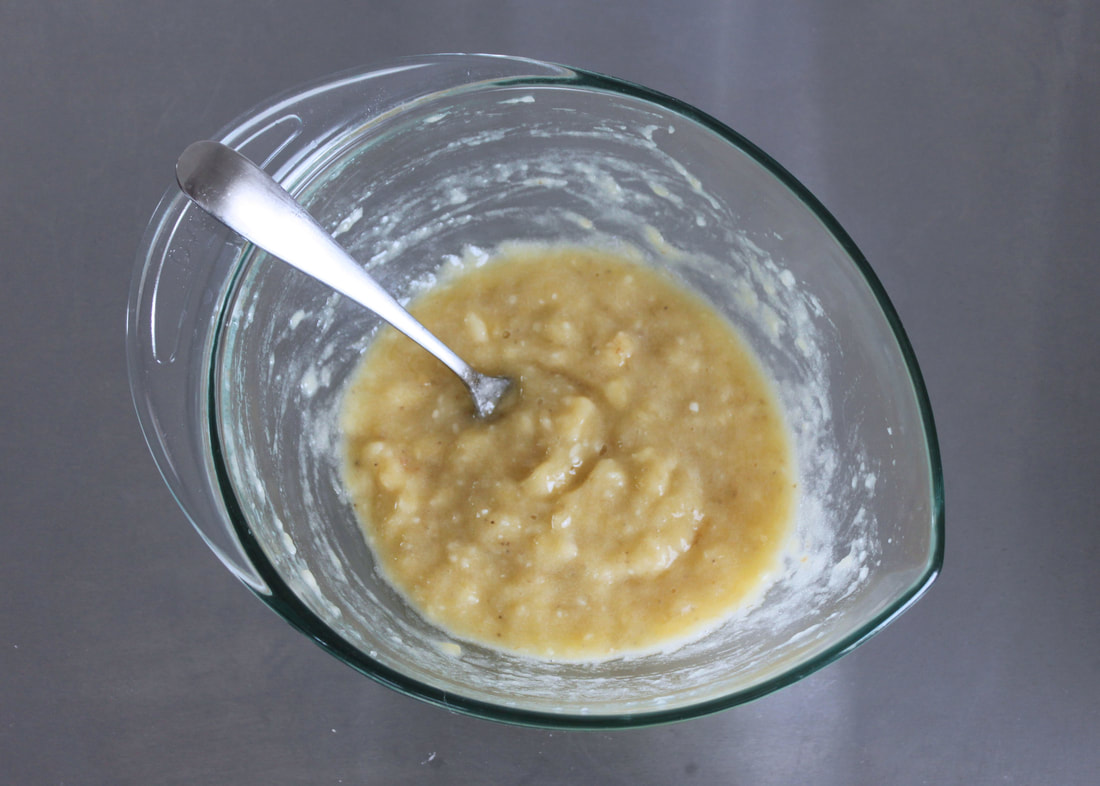
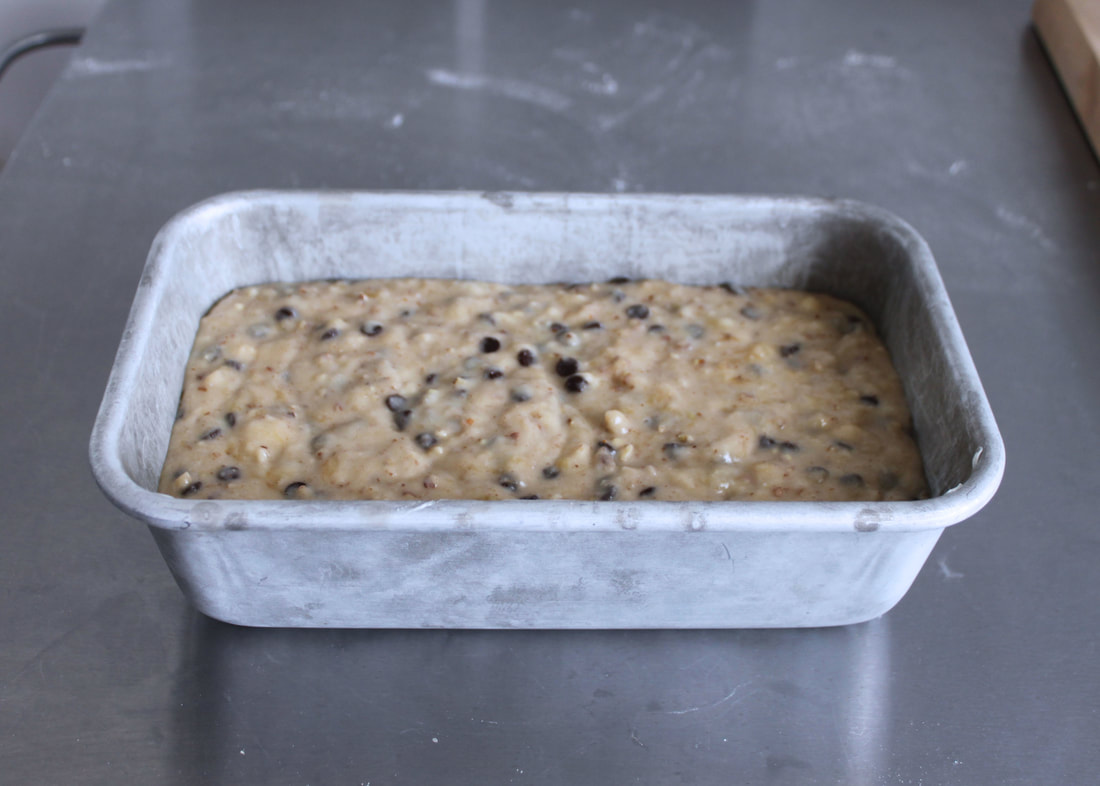
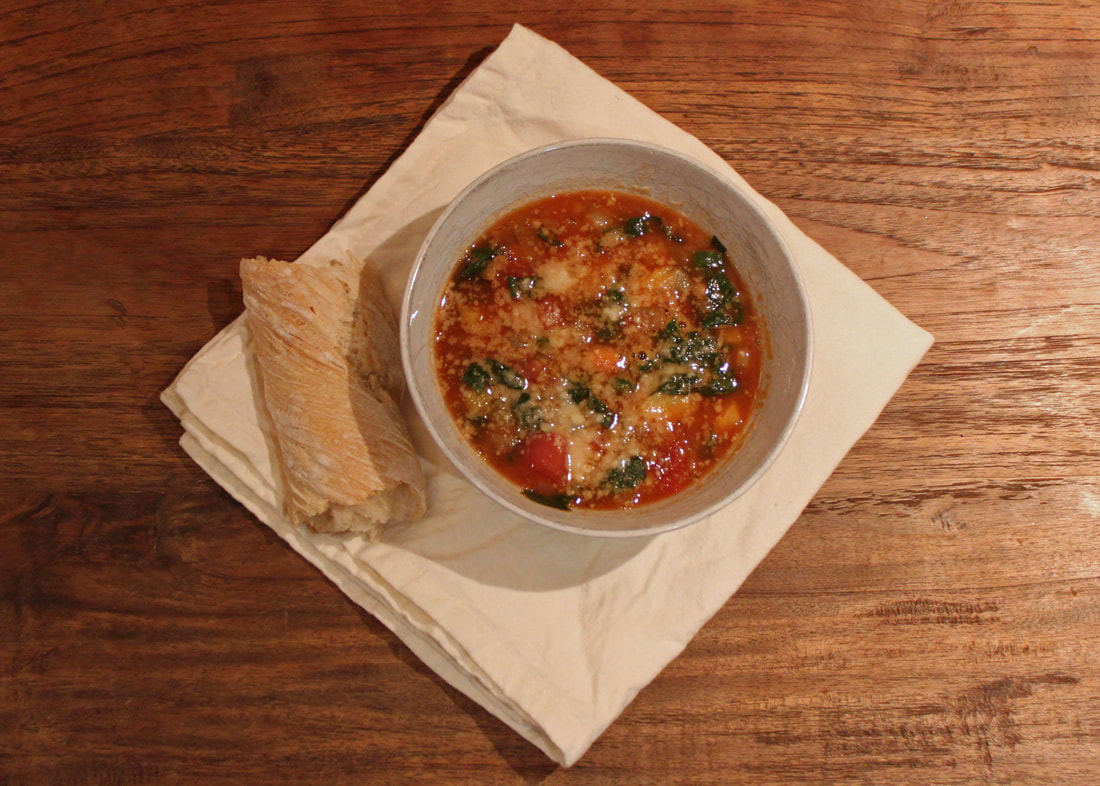
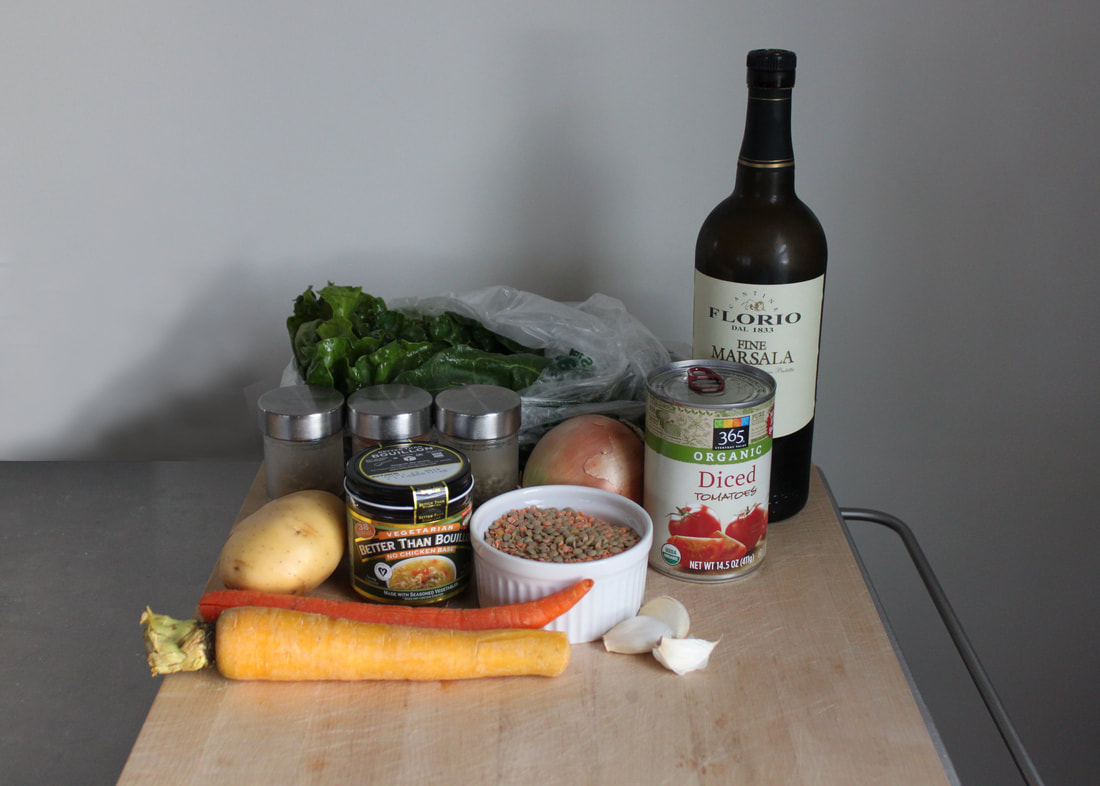
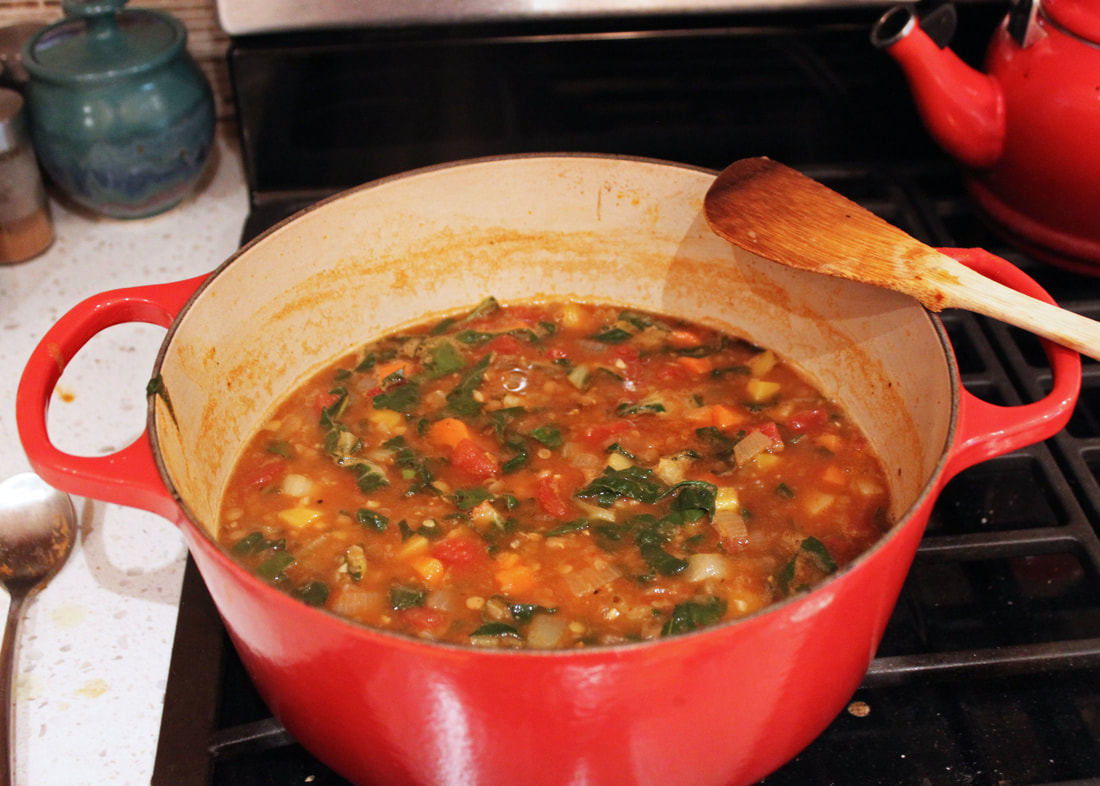

 RSS Feed
RSS Feed
